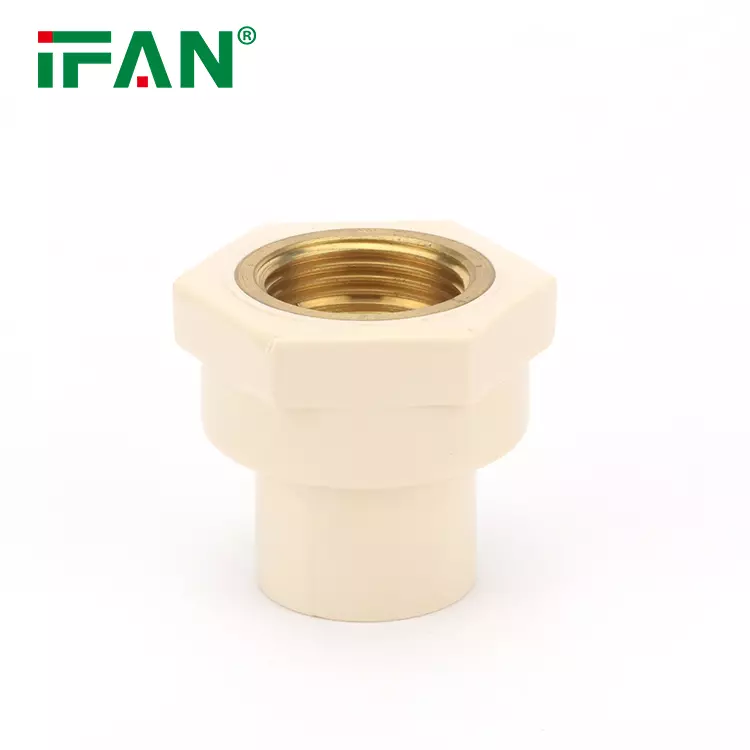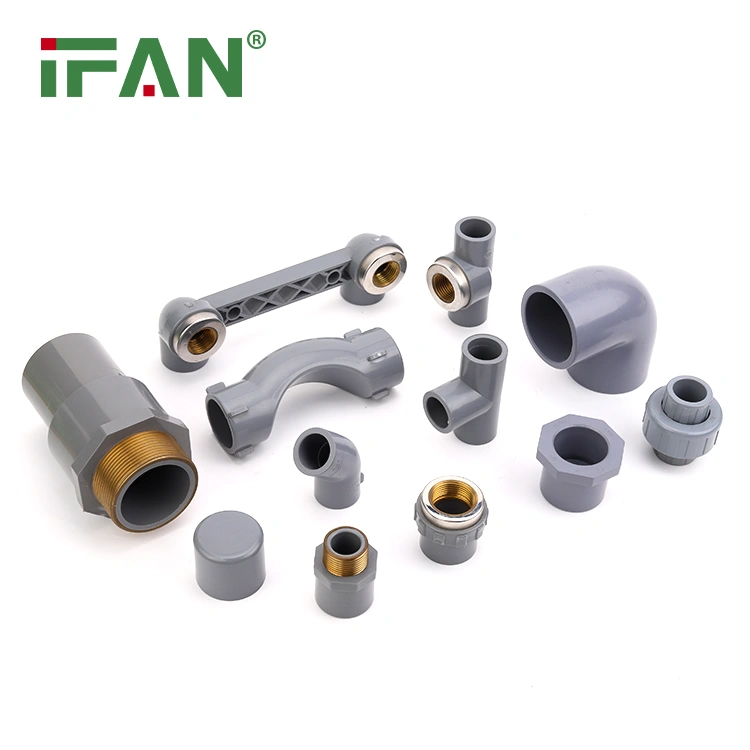CPVC (Chlorinated Polyvinyl Chloride) pipes are a type of thermoplastic piping material known for their exceptional durability and versatility. Developed as an improvement over traditional PVC pipes, CPVC pipe are chlorinated to enhance their heat resistance and chemical stability. This makes them suitable for a wide range of applications, from residential plumbing to industrial processes.
Benefits of CPVC Pipes
CPVC pipes offer numerous advantages over other piping materials. Firstly, they are lightweight, making them easy to handle and install, reducing labor costs and installation time. Secondly, CPVC pipe are highly resistant to corrosion, ensuring longevity and minimal maintenance requirements. Additionally, CPVC pipes have excellent thermal insulation properties, making them suitable for both hot and cold water distribution systems. Moreover, CPVC pipes are cost-effective, offering a favorable balance between performance and affordability.
Applications of CPVC Pipes
The versatility of CPVC pipes makes them suitable for various applications across different industries. In residential settings, CPVC pipes are commonly used for potable water distribution, as well as for carrying hot water to fixtures such as showers and sinks. In commercial buildings, CPVC pipes are used in HVAC (Heating, Ventilation. And Air Conditioning) systems, fire suppression systems, and process piping for various industries, including pharmaceuticals, chemicals, and food processing. Furthermore, CPVC pipes find applications in agricultural irrigation systems, swimming pool installations, and municipal water distribution networks.
Key Features of CPVC Pipes
CPVC pipes possess several key features that contribute to their widespread use and popularity. Firstly, they exhibit excellent chemical resistance, making them suitable for conveying a wide range of fluids, including acids, alkalis, and corrosive chemicals. This chemical resistance ensures the integrity of the piping system and prevents leaks or contamination of the conveyed fluids. Secondly, CPVC pipes maintain their flow properties over time. Minimizing the risk of scaling, corrosion, or buildup inside the pipes. Which can affect fluid flow and system performance. Additionally, CPVC pipe have a high temperature resistance, allowing them to withstand hot water temperatures without deforming or deteriorating.
CPVC Pipe Fittings
In addition to CPVC pipes, a comprehensive plumbing system requires a variety of fittings to connect and adapt the piping network. CPVC fittings are specifically designed to complement CPVC pipes, ensuring leak-proof connections and compatibility with different pipe sizes and configurations. CPVC fittings are available in various types, including elbows, tees, couplings, adapters, and valves, allowing for flexibility and customization in plumbing installations. These fittings are typically joined to CPVC pipes using solvent cement, creating strong and durable connections that withstand the rigors of everyday use.
Factors to Consider Before Choosing CPVC Pipes
Before investing in CPVC pipes for a plumbing project, several factors should be taken into consideration to ensure optimal performance and compatibility. Firstly, it is essential to determine the temperature range and pressure rating requirements of the application to select CPVC pipes with suitable specifications. Additionally, consider factors such as the chemical compatibility of CPVC pipes with the conveyed fluids. As well as their resistance to environmental factors such as UV exposure and physical damage. Furthermore, assess the installation conditions, including the presence of corrosive or abrasive materials, as well as the potential for expansion and contraction due to temperature variations.
Installation of CPVC Pipes
Proper installation is critical to the performance and longevity of CPVC piping systems. Before installation, ensure that CPVC pipes and fittings are stored in a clean, dry environment away from direct sunlight and extreme temperatures. Follow the manufacturer’s recommendations for cutting, deburring, and cleaning CPVC pipes and fittings to ensure proper fit and adhesion. Use solvent cement specifically formulated for CPVC piping systems and follow the recommended application and curing times. Additionally, support CPVC pipes adequately to prevent sagging or stress on the joints, and avoid excessive bending or twisting during installation.
Maintenance of CPVC Pipes
While CPVC pipes are known for their durability and low maintenance requirements, regular inspections and preventive maintenance are essential to ensure optimal performance and longevity. Inspect CPVC piping systems periodically for signs of leaks, corrosion, or damage, and address any issues promptly to prevent further deterioration. Flush the system periodically to remove sediment or debris that may accumulate inside the pipes and affect flow rates or water quality. Additionally, protect CPVC pipes from physical damage or exposure to harsh chemicals or environmental conditions that may compromise their integrity.
Conclusion
Investing in CPVC pipes offers numerous benefits, including durability, versatility, and cost-effectiveness, making them an ideal choice for various plumbing applications. By understanding the key features, applications. And installation considerations of CPVC pipes, plumbing professionals and building owners can ensure reliable and long-lasting piping systems that meet their specific needs and requirements. With proper installation and maintenance, CPVC pipes provide a robust and efficient solution for water distribution, HVAC systems, and industrial processes, contributing to the overall safety, comfort, and efficiency of buildings and facilities.
If you have read this article and have any questions, please feel free to contact IFAN. Below is our contact information:
Whatsapp:+86 13373827623
Email:[email protected]



















































